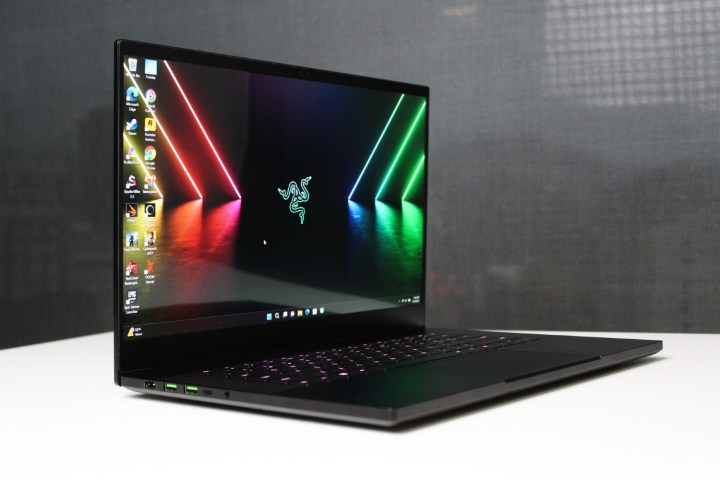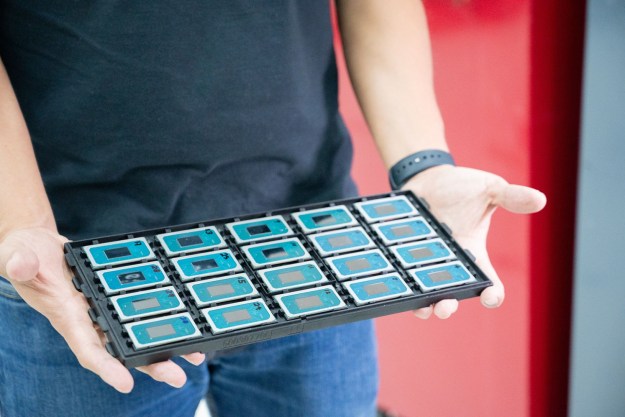Gaming laptops are incredible devices, but even the most high-end suffer from the same problems. Hot surface temperatures, loud fan noise, and frame rates that we all wished would be higher.
And while I’ll always be clamoring for higher frame rates in games, a lot of attention gets put on the system’s GPU rather than on the screen. Improving the quality of the display doesn’t involve making your laptop hotter or louder — and in my experience, can lead to richer gaming than a few extra frames ever could.

What OLED can do
I recently tested and reviewed the Razer Blade 15 — but not just any old configuration. This one had a 240Hz OLED screen — one of the very first of its kind. OLED laptops have been around for a while, and even showing up on some “gaming”
But this new Razer Blade 15 comes with a 1600p resolution and a 240Hz refresh rate — the perfect match for the RTX 3070 Ti inside. That means this is an OLED laptop that’s actually designed for gamers.

And it’s gorgeous. The improvements to display quality are noticeable, whether that’s the extreme contrast or the wider color gamut. It’s all thanks to the OLED backlighting technology. Each pixel is individually lit, meaning you can get absolute black. The panel is glossy too, which heightens the effect of that contrast.
Those improvements are all great, but it’s not as noticeable as you might think. Considering these panels are hundreds of dollars more, it’s hard to justify that price without an obvious benefit. My initial testing left me thinking that OLED
But then I did something that was never mentioned in the marketing materials from Razer — I enabled HDR in Windows 11. And bam. There it was — the real benefit of OLED that I’d been looking for. Games like Cyberpunk 2077 and Rise of the Tomb Raider look absolutely glorious, bringing out details you’d never seen before and greatly expanding the color palette of the environment. It’s hard to describe with words, but trust me: when supported in games and on a proper display,
And the best part? It doesn’t put any extra stress on your GPU or thermals.
HDR gaming is still hard to find
OLED isn’t the only way to get the desired effect. After all,
Very few

I have, however, tested some
Point is, the amount of
The weirdest thing? Many of these
Clearly,
Editors' Recommendations
- Razer made the best gaming mouse even better
- Intel’s new CPU feature boosted my performance by 26% — but it still needs work
- I tested the three best 14-inch gaming laptops. There’s a clear winner
- 2 gaming laptops you should buy instead of the Razer Blade
- Why this gaming laptop is the MacBook Pro’s biggest competition


